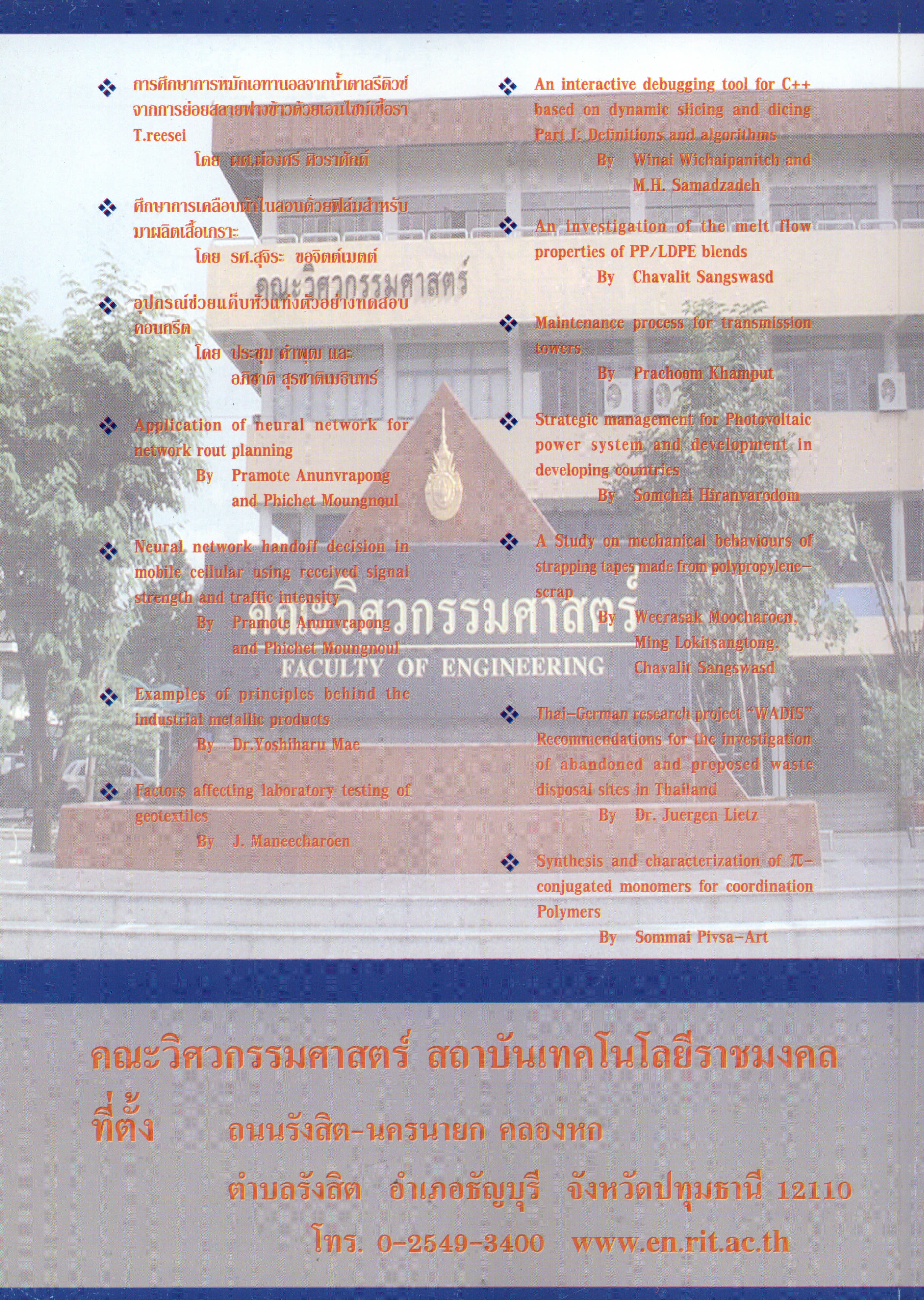Examples of principles behind the industrial metallic products
Main Article Content
Abstract
Not recognized in general but in fact, theories and what we could call principles are often hidden behind the industrial products. Here three examples of such kind are introduced. The first one shows the relationship between mechanical properties, crystallographic orientation and manufacturing conditions. The second one shows the way of applying the chracteristics of intermetallic compound to the real product. The third one shows the way of applying the electrochemistry to the real product
Article Details
The manuscript, information, content, picture and so forth which were published on Frontiers in engineering innovation research has been a copyright of this journal only. There is not allow anyone or any organize to duplicate all content or some document for unethical publication.
References
[2] A. Tomiura: Materia, 37, 1998, p. 3.
[3] Y.Mae: Z. Metallkunde, 65, 1974, p. 676.
[4] Y.Mae; Industrie Anzeiger, Vol.23, 10,1974, p.1963.
[5] Y.Saito and M. Kitada, "Roots of Metallurgy",Uchida Rokakuho, 2002, p. 234.
[6] Y. Tamura: SOSEI-TO- KAKOU, No.504,Vol.44, 2003, p. 24.
[7] F. Garzarolli et.: Ziconium in the Nuclear Industry, 8" International Symposium,ASTM STP 1023, ASTM, 1989, p. 202.
[8]. C.Newey and G.Weaver: Materials Principles and Practice, Butterworth Heinemann, Oxford, UK, 1990, p. 367.
[9]. T.Murai, T.Isobe, Y. Mae: J. Nuclear Materials, 226, 1995, p. 327.
[10]. Y. Fukuda, Y. Mae et al.: J. Materials Engineering and Performance, 11, 2002,p. 544.


